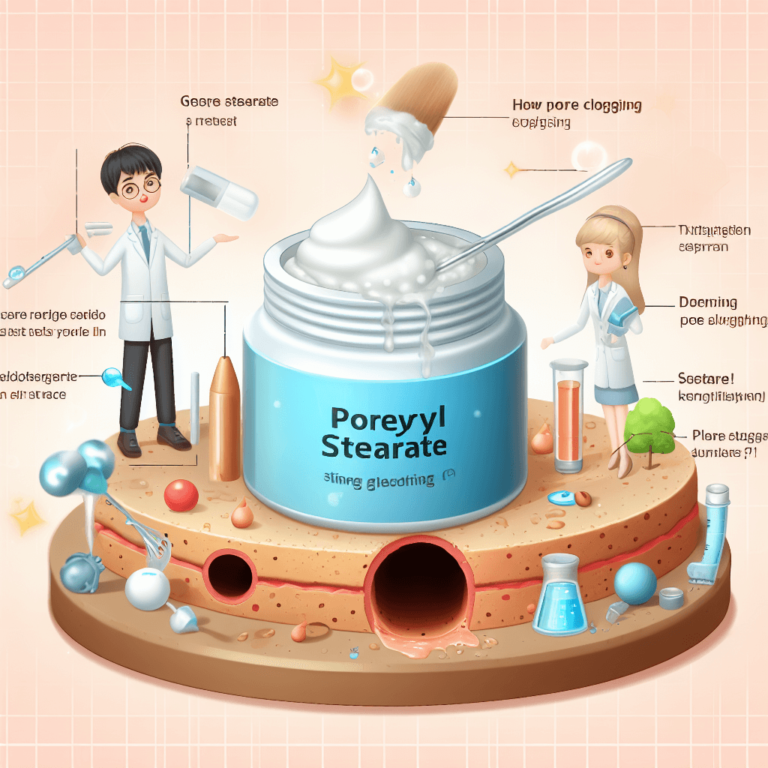How Pore Clogging Is Polyglyceryl-3 Diisostearate
Polyglyceryl-3 Diisostearate, a common ingredient in skincare, prompts questions about its influence on pore congestion. Let’s explore the potential association between Polyglyceryl-3 Diisostearate and pore-clogging.

Association Between Polyglyceryl-3 Diisostearate and pore-clogging
1. Role of Polyglyceryl-3 Diisostearate in Skincare
Polyglyceryl-3 Diisostearate is an emulsifier and surfactant often used in skincare products for its moisturizing and emollient properties, aiding in product consistency and skin hydration.
2. Non-comedogenic Nature
Polyglyceryl-3 Diisostearate is generally considered non-comedogenic, implying that it’s less likely to clog pores on its own. Its formulation is intended to be suitable for various skin types.
3. Moisturizing Benefits
As an emollient, Polyglyceryl-3 Diisostearate helps maintain skin moisture without inherently contributing to pore blockages, making it favorable for hydrating formulations.
4. Rare Skin Reactions
While Polyglyceryl-3 Diisostearate itself isn’t known to clog pores, in rare instances, individuals with exceptionally sensitive or reactive skin might experience adverse reactions to products containing this ingredient, potentially leading to pore congestion.
5. Skin Sensitivity Consideration
Patch-testing skincare products containing Polyglyceryl-3 Diisostearate can help individuals determine their skin’s reactivity to this ingredient, minimizing the risk of potential pore-related issues.
6. Prevention and Skincare Practices
Choosing skincare products labeled as non-comedogenic and suitable for your skin type, including those formulated without Polyglyceryl-3 Diisostearate, can reduce the likelihood of potential pore concerns. Check the ingredients of the products using the pore clogger checker tool from our website.
7. Seeking Professional Advice
Consulting a dermatologist or skincare professional can provide personalized recommendations, especially for individuals concerned about skin reactions to products containing Polyglyceryl-3 Diisostearate.
Conclusion
Polyglyceryl-3 Diisostearate, often used in skincare for its emollient properties, is generally considered non-comedogenic. However, for a small subset of individuals with exceptionally sensitive or reactive skin, products containing this ingredient might cause adverse reactions that could indirectly contribute to pore congestion. Understanding your skin’s sensitivity and choosing suitable products is key in preventing potential pore issues.






